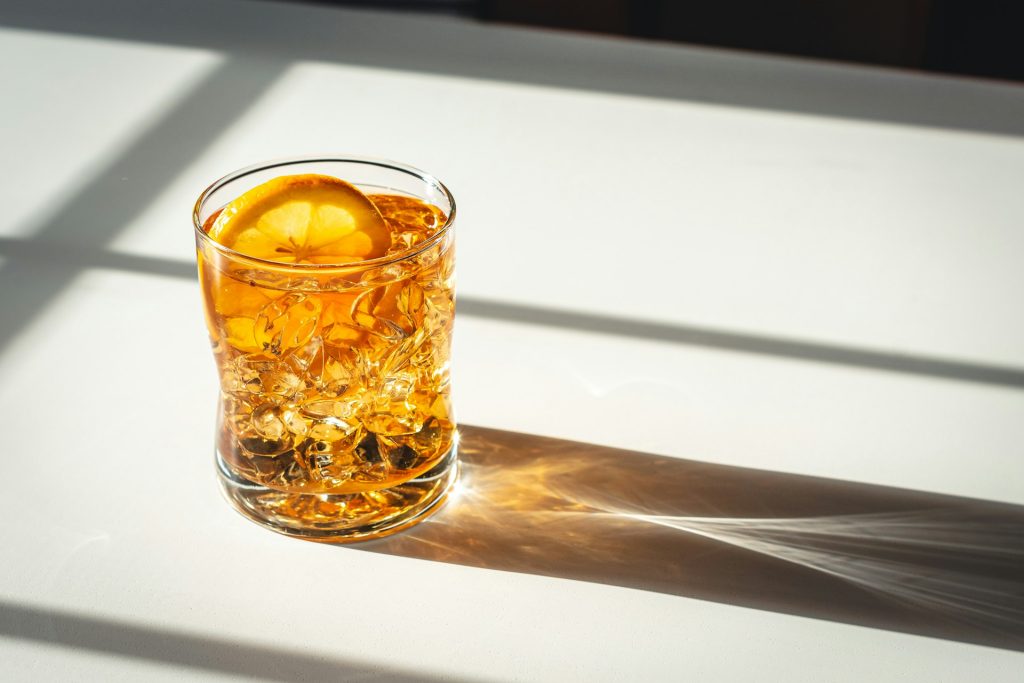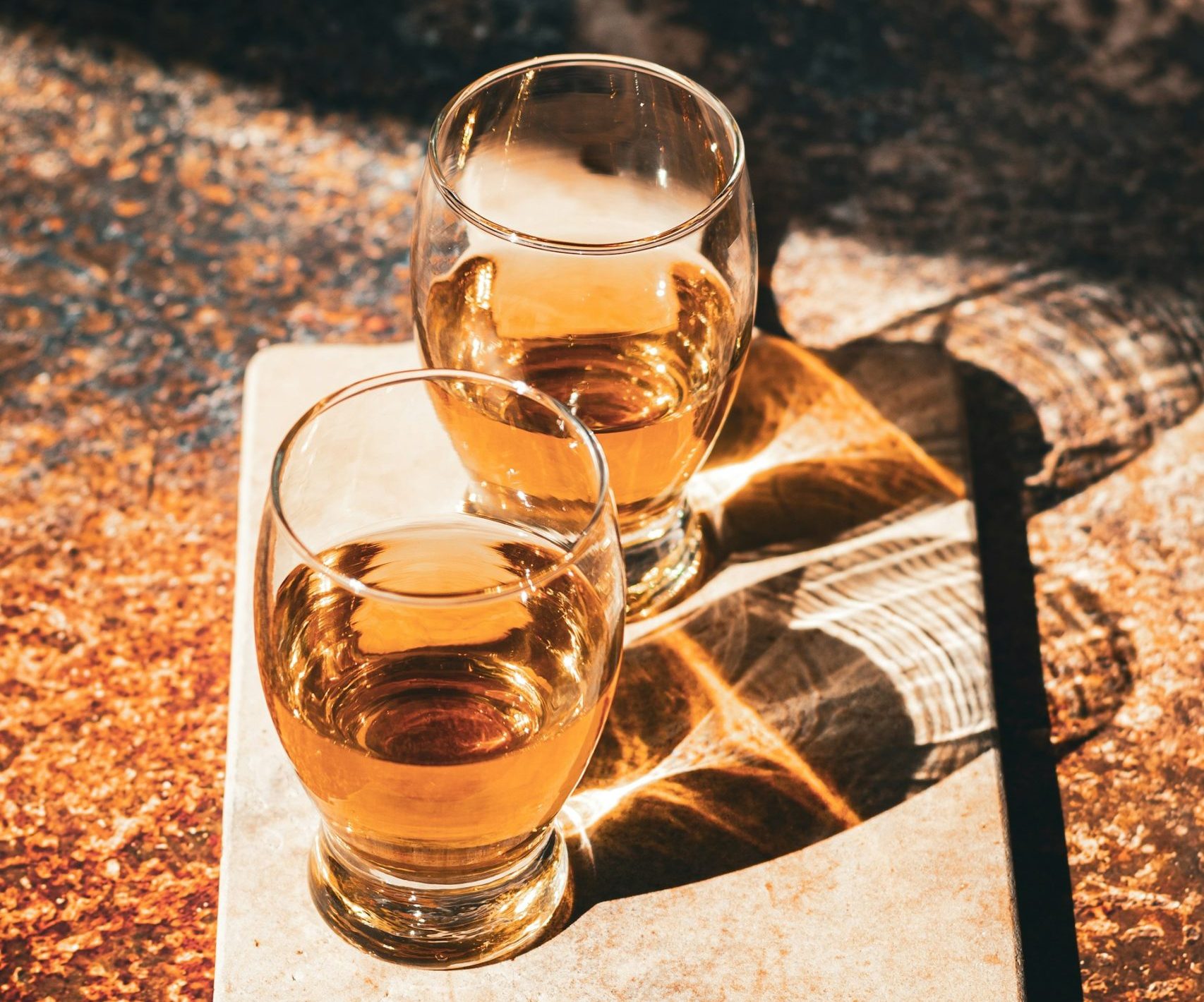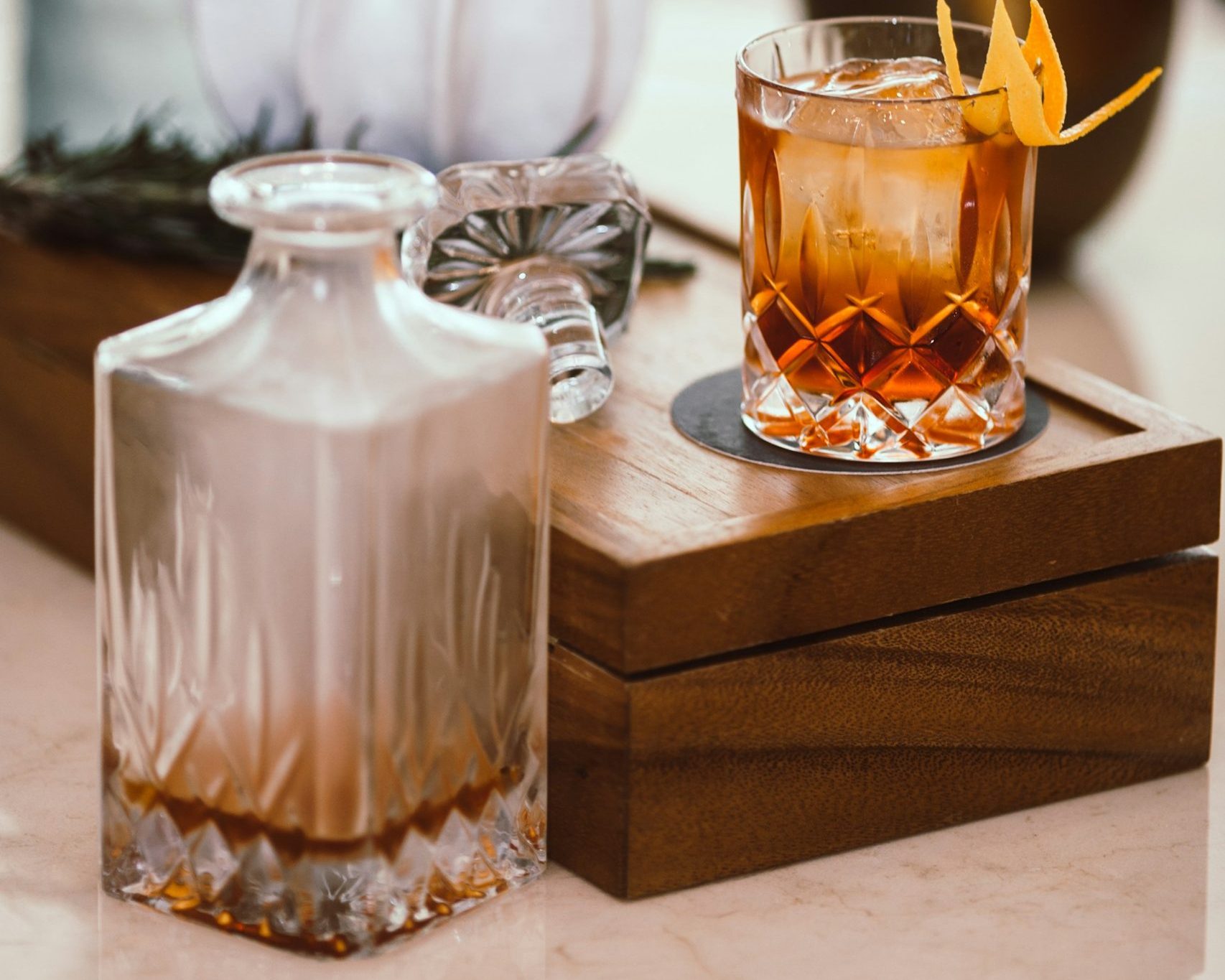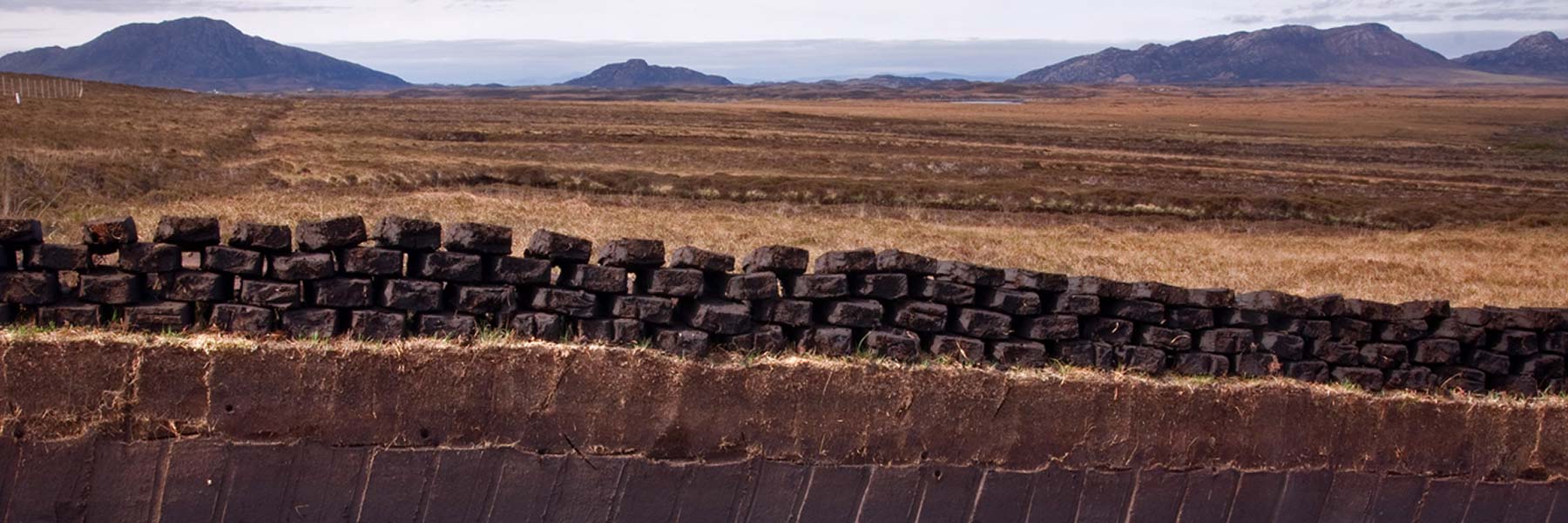Ice or No Ice: How It Affects Whiskey
As a whisky enthusiast and blogger, I’ve seen my fair share of debates in the whisky world. But few topics spark as much controversy as the age-old question: should you add ice to your whiskey? It’s a question that can make even the most laid-back whisky drinker furrow their brow in contemplation.
Today, we’re diving into this chilly debate. Whether you’re a whisky newbie or a seasoned sipper, understanding the impact of ice on your dram can help you make informed choices and, ultimately, enjoy your whisky more. So, let’s melt away the confusion and get to the heart of the matter.

The Great Debate: To Ice or Not to Ice?
First things first: there’s no universally “correct” way to drink whisky. Your enjoyment is what matters most. That said, adding ice to whisky does change the experience in several ways, and it’s worth understanding these effects to decide what works best for you.
How Ice Affects Whiskey
Temperature Change
The most obvious effect of adding ice to whiskey is that it lowers the temperature. This might seem like a no-brainer, but the implications are more complex than you might think.
- Flavor Perception: As the whisky gets colder, certain flavors become less pronounced. This is because the cold numbs our taste buds slightly, making it harder to detect subtle flavors. You might find that the delicate floral notes in a Highland whisky become muted when chilled.
- Aroma Release: Colder whisky releases fewer aromatic compounds into the air. Since much of what we perceive as flavor actually comes from smell, this can significantly alter your experience of the whisky. The rich, peaty aroma of an Islay malt might be less intense over ice.
- Texture: Chilled whisky can feel thicker or more viscous in the mouth, changing the overall mouthfeel of the drink. Some people enjoy this sensation, finding it makes the whisky feel more luxurious.
Dilution
As the ice melts, it adds water to your whisky. This dilution process has its own set of effects:
- Alcohol Burn Reduction: Dilution lowers the alcohol by volume (ABV), reducing the “burn” you might feel when sipping higher-proof whiskies. This can make stronger whiskies more approachable, especially for newcomers.
- Flavor Profile Changes: Some flavors become more pronounced with a bit of water, while others recede. This is why many whisky enthusiasts add a few drops of water to their dram. For example, you might find that a splash of water brings out more fruity notes in a Speyside whisky.
- “Opening Up” the Whisky: A small amount of water can help “open up” the whisky, releasing new aromas and flavors that weren’t apparent in the neat pour. It’s like unlocking a hidden layer of complexity in your dram.
The Case for Ice
Now that we understand how ice affects whisky, let’s look at some reasons why you might want to add ice to your dram:
- Heat Relief: On a hot day, a whisky on the rocks can be wonderfully refreshing. There’s something undeniably satisfying about the clink of ice cubes in a glass of golden spirit when the mercury is rising.
- Softening High-Proof Whiskies: For cask-strength or high-proof whiskies, ice can make them more approachable by reducing the alcohol burn. This can be particularly helpful if you’re new to whisky or trying a notably strong expression.
- Personal Preference: Some people simply enjoy the taste and experience of a chilled, slightly diluted whisky more than a neat pour. And that’s perfectly fine! Remember, the best way to drink whisky is the way you enjoy it most.
- Cocktails: Many whisky cocktails, like the Classic Old Fashioned, call for ice as a crucial ingredient. Ice not only chills these drinks but also provides necessary dilution to balance the flavors.
- Gradual Flavor Evolution: As the ice melts, the flavor of your whisky will change gradually. Some enthusiasts enjoy this evolution, finding it adds an extra dimension to the drinking experience.
The Case Against Ice
On the flip side, here are some reasons why you might want to skip the ice:
- Flavor Preservation: To experience the full range of flavors and aromas the distiller intended, drinking whisky neat is often recommended. This is especially true for more complex or nuanced whiskies.
- Temperature Control: Once ice is added, you can’t control the rate of dilution or temperature change, which continues to alter the whisky as you drink. This unpredictability can be frustrating if you’re trying to appreciate specific aspects of the whisky.
- Tradition: Some whisky purists argue that adding ice goes against the traditional way of enjoying whisky. While tradition shouldn’t dictate your choices, it’s worth considering the historical context of whisky consumption.
- Consistency: Without ice, each sip of your whisky will be consistent from start to finish. This allows you to fully explore the whisky’s character without the variables introduced by melting ice.
- Cask Strength Appreciation: For cask strength whiskies, drinking them neat allows you to experience the full impact of the spirit as it came out of the barrel. This can be an intense but rewarding experience for seasoned whisky drinkers.
Alternatives to Ice
If you’re looking for a middle ground or want to experiment, consider these alternatives:
- Whisky Stones: These non-porous stones can be chilled and added to your whisky to cool it without dilution. They’re a popular choice for those who want the chill without the melt.
- A Few Drops of Water: This can help open up the whisky without dramatically changing its temperature or diluting it too much. Use a dropper for precise control.
- Chilled Whisky: You can chill the whisky itself (or the glass) for a cool drink without dilution. Just pop your bottle in the fridge for a short while before pouring.
- Large Ice Spheres or Cubes: These melt more slowly than regular ice cubes, providing a more gradual chill and dilution. They’re often used in high-end cocktail bars and can add a touch of elegance to your home whisky experience.
- Frozen Grapes: For a quirky alternative, try frozen grapes. They’ll chill your whisky without watering it down, and you get a boozy snack at the end!
How to Decide: Ice or No Ice?
Ultimately, the decision comes down to personal preference and the specific whisky you’re drinking. Here are a few tips to help you decide:
- Try Both Ways: Don’t knock it till you’ve tried it. Sample your favorite whisky both neat and with ice to see which you prefer. You might be surprised by what you discover!
- Consider the Whisky: Higher-proof whiskies might benefit more from ice than lower-proof ones. Similarly, some whiskies are specifically crafted to be enjoyed on the rocks. Don’t be afraid to ask for recommendations at your local whisky shop.
- Think About the Occasion: A neat whisky might be perfect for a contemplative evening by the fire, while a whisky on the rocks could be ideal for a summer barbecue. Context matters!
- Experiment: Try different amounts of ice, or alternatives like whisky stones, to find your sweet spot. Whisky appreciation is a journey, not a destination.
- Time of Day: You might find that your preference changes depending on the time of day. A neat whisky after dinner might be perfect, while a rocks pour could hit the spot in the afternoon.
Remember, the “right” way to drink whisky is the way you enjoy it most. Don’t let anyone shame you for your preferences. Whether you’re a neat sipper or an on-the-rocks enthusiast, the most important thing is that you’re enjoying your dram.

The Impact of Ice on Different Types of Whisky
It’s worth noting that ice can affect different types of whisky in various ways:
- Bourbon: Ice can help tame the sweetness and alcohol heat of bourbon, making it smoother and more refreshing. However, it may also mute some of the rich caramel and vanilla notes.
- Scotch: Particularly for peated Scotch, ice can reduce the intensity of the smoky flavors. For lighter Scotches, a little ice might help bring out subtle fruity or floral notes.
- Irish Whiskey: Generally smoother than Scotch, Irish whiskey can handle a bit of ice well. It often maintains its character even when chilled.
- Japanese Whisky: Known for their delicate and complex flavors, Japanese whiskies are often recommended to be enjoyed neat or with just a splash of water to preserve their nuanced character.
A Note on Whisky Tasting
If you’re attending a formal whisky tasting or trying to critically evaluate a whisky, it’s generally recommended to try it neat first. This allows you to experience the whisky as the distiller intended. You can always add water or ice later to see how it changes the profile.
FAQs
1. Does adding ice to whisky ruin it?
No, adding ice doesn’t “ruin” whisky, but it does change the experience. Some people prefer the changes, while others don’t. It’s all about personal preference.
2. How many ice cubes should I add to whisky?
There’s no set rule. Start with one cube and adjust based on your preference. Remember, you can always add more, but you can’t take it out once it’s in.
3. Is it okay to add ice to expensive whisky?
While many enthusiasts prefer to drink expensive whiskies neat to fully appreciate their complexity, ultimately it’s your whisky and your choice. If you enjoy it more with ice, that’s what matters.
4. Does the type of ice matter?
Yes, it can. Larger ice cubes or spheres melt more slowly, providing a more gradual chill and dilution. The purity of the water used to make the ice can also affect the taste.
5. Can I chill whisky without diluting it?
Yes, you can use whisky stones or chill the whisky itself (or the glass) without adding ice.
6. Will ice ruin the flavor of a smoky Islay whisky?
Ice will likely reduce the intensity of the smoky flavors, but whether this “ruins” the whisky is subjective. Some people enjoy Islay whiskies more when the smoke is toned down a bit.
Summary
- Adding ice to whisky lowers its temperature, which can dull some flavors but enhance the overall refreshment.
- As ice melts, it dilutes the whisky, potentially “opening up” new flavors but also reducing its strength.
- The decision to add ice is a matter of personal preference and can vary depending on the whisky and the occasion.
- Alternatives to ice, such as whisky stones or a few drops of water, can offer different ways to enjoy whisky.
- Experimenting with different methods is the best way to find your preferred way of enjoying whisky.
- There’s no “correct” way to drink whisky – the best way is the way you enjoy it most.
- Different types of whisky (Scotch, Bourbon, Irish, Japanese) may react differently to the addition of ice.
- For formal tastings or first impressions, it’s often recommended to try the whisky neat before experimenting with ice or water.








